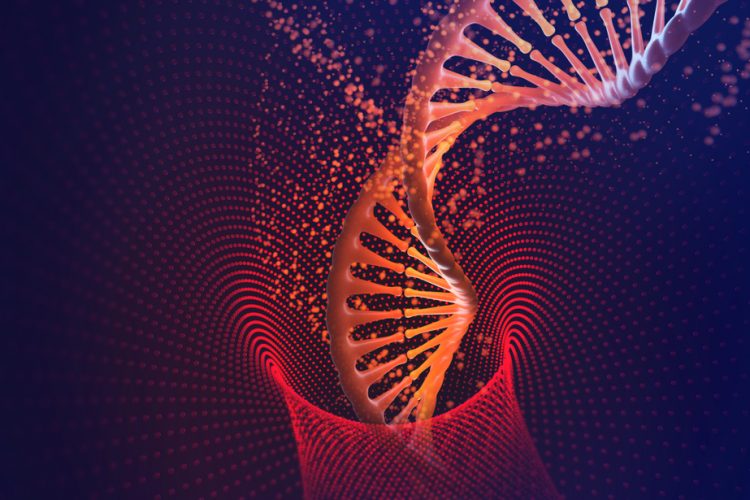New insights into human and mouse genomes published in NIH study
Posted: 30 July 2020 | Victoria Rees (Drug Target Review) | No comments yet
The third phase of the ENCODE project has been released, with new information on genes and their potential regulators in their respective genomes.


The Encyclopedia of DNA Elements (ENCODE) Project, led by the US National Human Genome Research Institute (NHGRI), a part of the National Institutes of Health (NIH), has completed its latest phase. The project is a worldwide effort to understand how the human genome functions.
During this recently completed third phase of ENCODE, the researchers performed nearly 6,000 experiments –– 4,834 in humans and 1,158 in mice –– to illuminate details of the genes and their potential regulators in their respective genomes. The team studied developing embryonic mouse tissues to understand the timeline of various genomic and biochemical changes that occur during development. They analysed how chemical modifications of DNA, proteins that bind to DNA and RNA interact to regulate genes.
“A major priority of ENCODE 3 was to develop means to share data from the thousands of ENCODE experiments with the broader research community to help expand our understanding of genome function,” said NHGRI Director Dr Eric Green. “ENCODE 3 search and visualisation tools make these data accessible, thereby advancing efforts in open science.”
To assess the potential functions of different DNA regions, the ENCODE researchers studied biochemical processes that are typically associated with the switches that regulate genes. This method helps to locate regions in the DNA that are “candidate functional elements”. Candidates can then be tested in further experiments to identify and characterise their functional roles in gene regulation.
“A key challenge in ENCODE is that different genes and functional regions are active in different cell types,” said Dr Elise Feingold, scientific adviser for strategic implementation in the Division of Genome Sciences at NHGRI and a lead on ENCODE for the institute. “This means that we need to test a large and diverse number of biological samples to work towards a catalogue of candidate functional elements in the genome.”
“The data generated in ENCODE 3 dramatically increase our understanding of the human genome,” said Professor Brenton Graveley, chair of the Department of Genetics and Genome Sciences at UCONN Health. “The project has added tremendous resolution and clarity for previous data types, such as DNA-binding proteins and chromatin marks and new data types, such as long-range DNA interactions and protein-RNA interactions.”
The ENCODE 3 researchers created a resource detailing different kinds of DNA regions and their corresponding candidate functions. A web-based tool called SCREEN allows users to visualise the data supporting these interpretations.
The project’s results were published in Nature, accompanied by 13 additional in-depth studies published in other major journals.
Related topics
DNA, Genetic Analysis, Genomics, Informatics, Research & Development, RNAs
Related organisations
US National Human Genome Research Institute (NHGRI), US National Institutes of Health (NIH)
Related people
Dr Elise Feingold, Dr Eric Green, Professor Brenton Graveley








